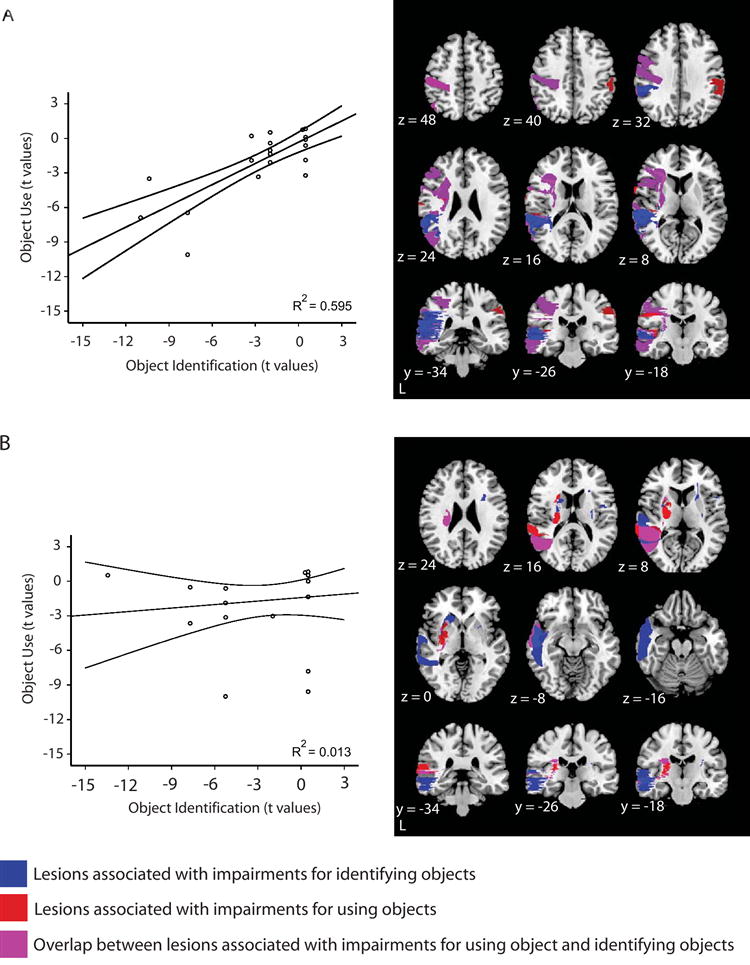Figure 7. Behavioral performance of patients according to anatomy of lesions.

In a second level analysis, the 42 patients were separated into two groups according to whether or not their lesions involved parietal cortex (either the left or right hemispheres). There were 21 patients with lesions involving the parietal cortex (shown in A) and 21 whose lesions did not involve the parietal cortex (shown in B). The lesion overlap analyses were recomputed, as described in Figure 6, and we also studied the relationship between performance in object use and object identification in the two groups. (A) The behavioral performance in object identification and object use for the group of patients with lesions involving the parietal cortex was correlated at the group level. As can be seen, there was a strong relationship at the group level between performance profiles in these two tasks (R2 = .595, p < .001). For comparison, we carried out the parallel correlational analysis relating performance in object use and object decision; there was no relationship (R2 = .036; p = .41). (B) There was no relationship between performance in object use and object identification at the group level for patients with lesions that did not involve parietal cortex (R2 = .013; p = .62). There was also no relationship between performance in object use and object decision (R2 = .016; p = .59). As can be seen in the axial slices, there remained reliable lesion overlap in the left middle temporal gyrus that was associated with joint impairments for object use and object identification.
